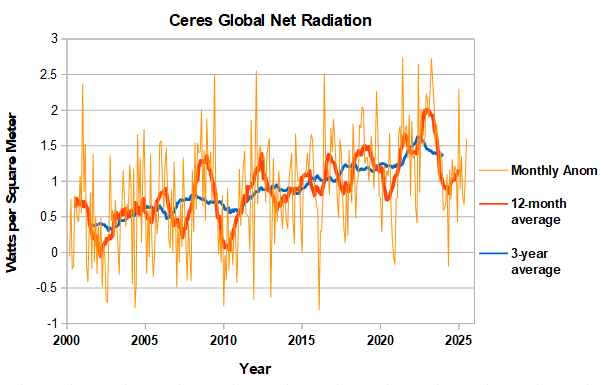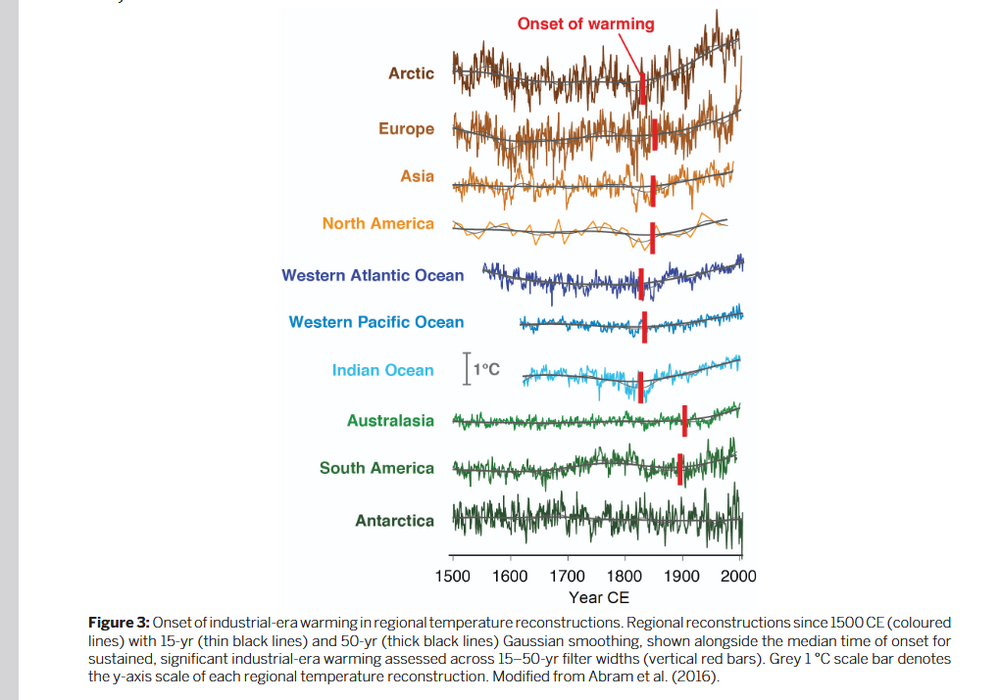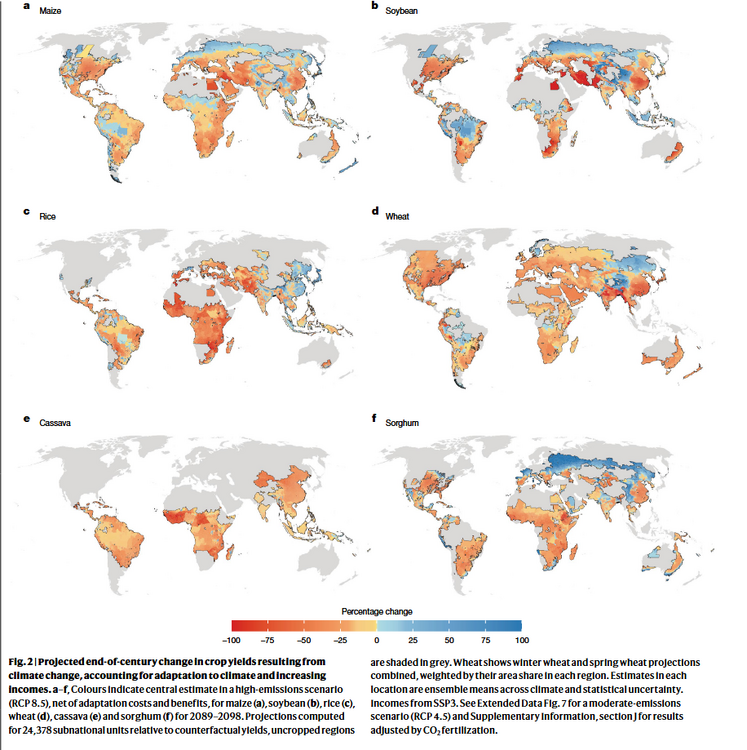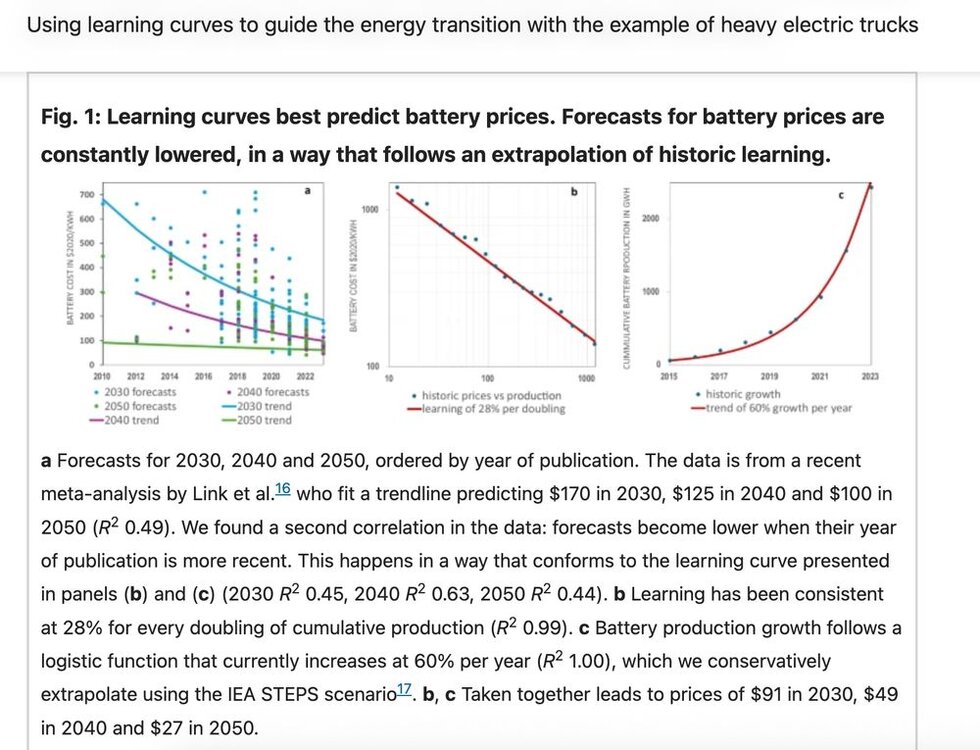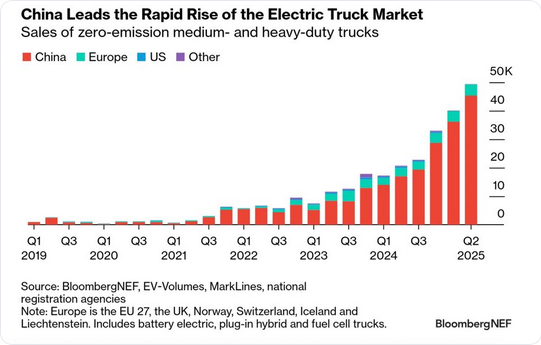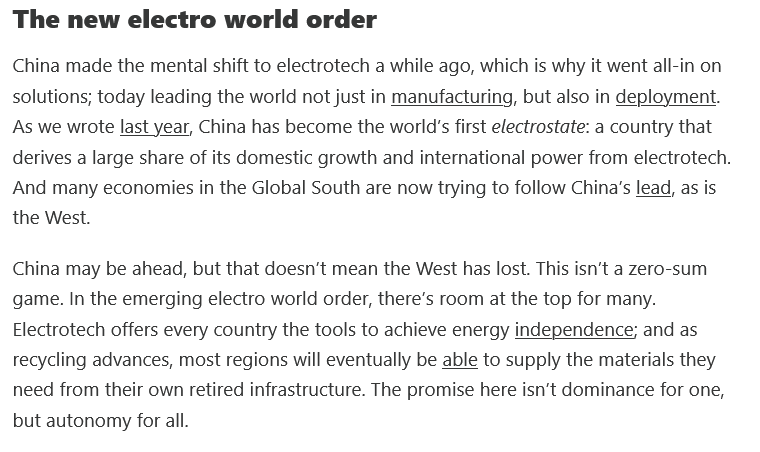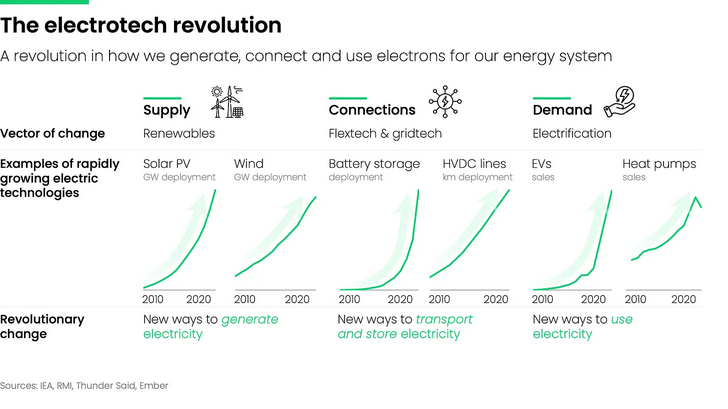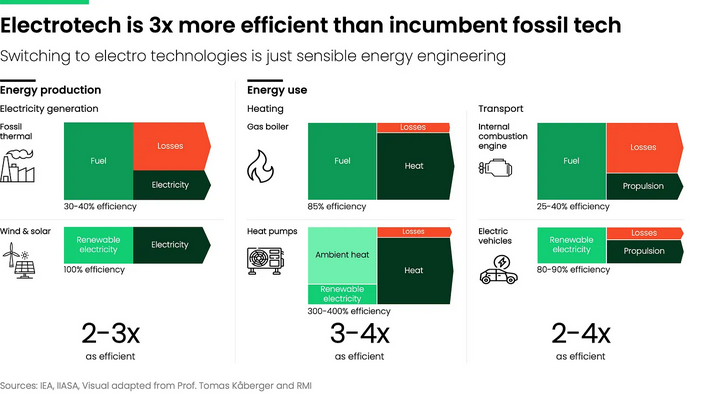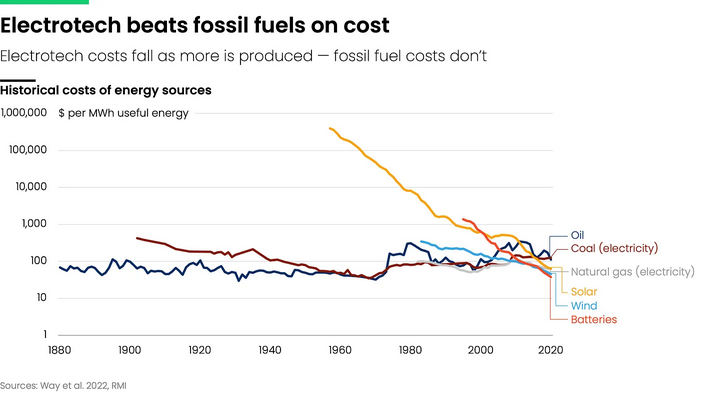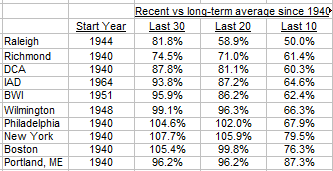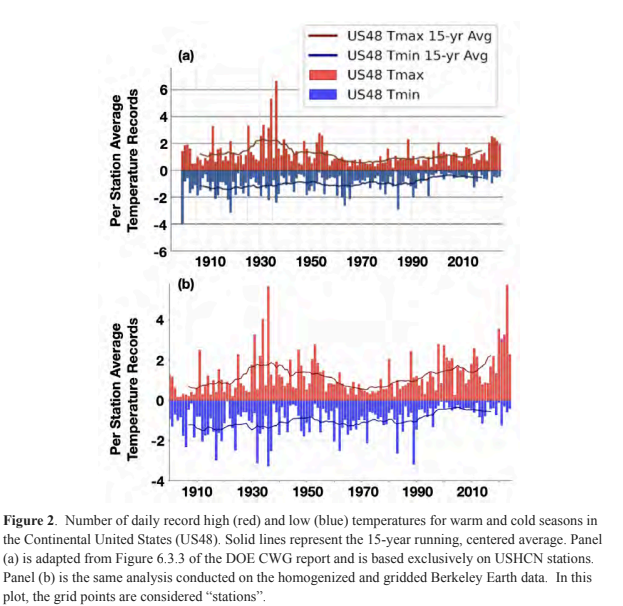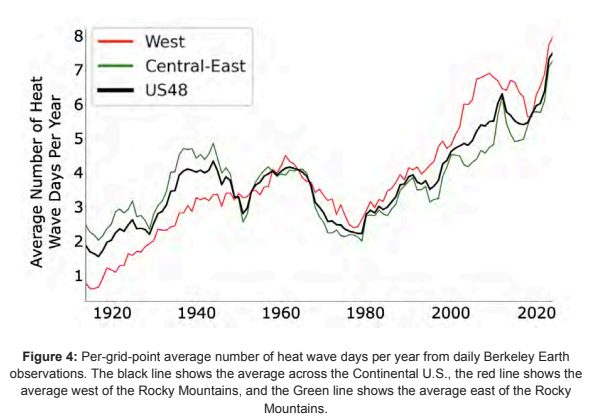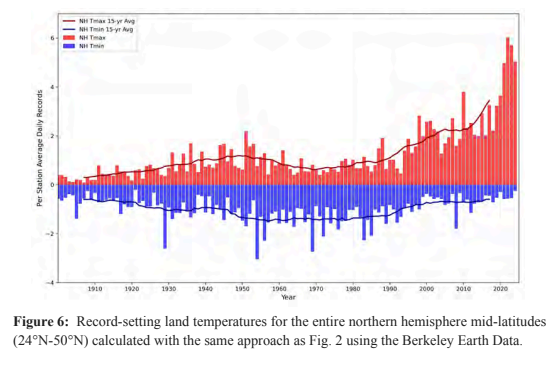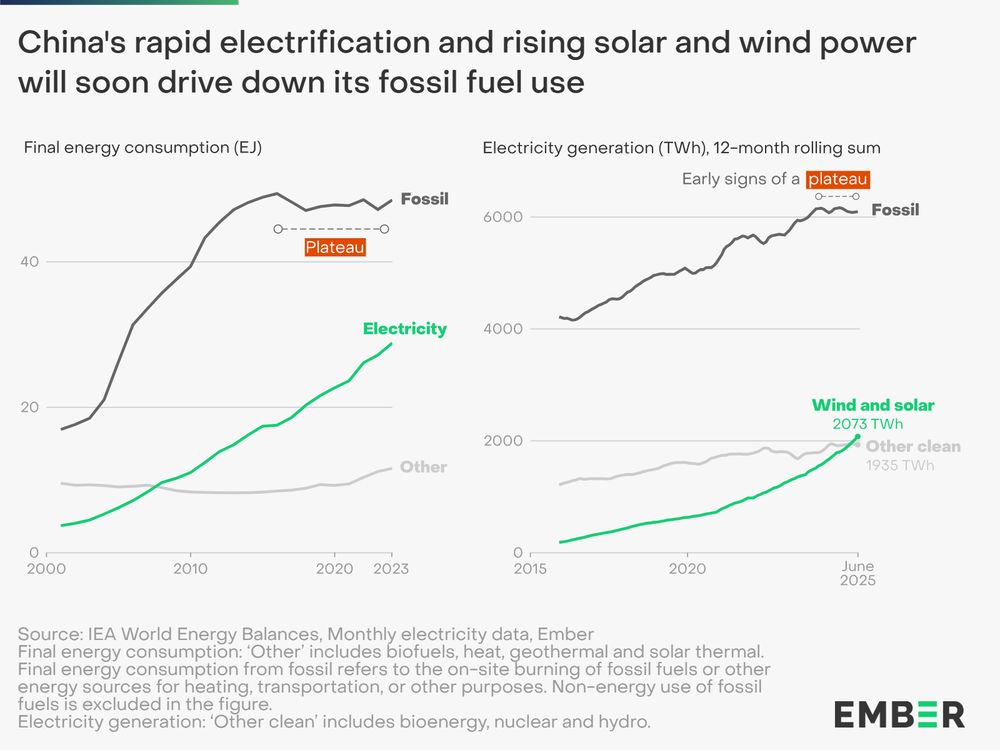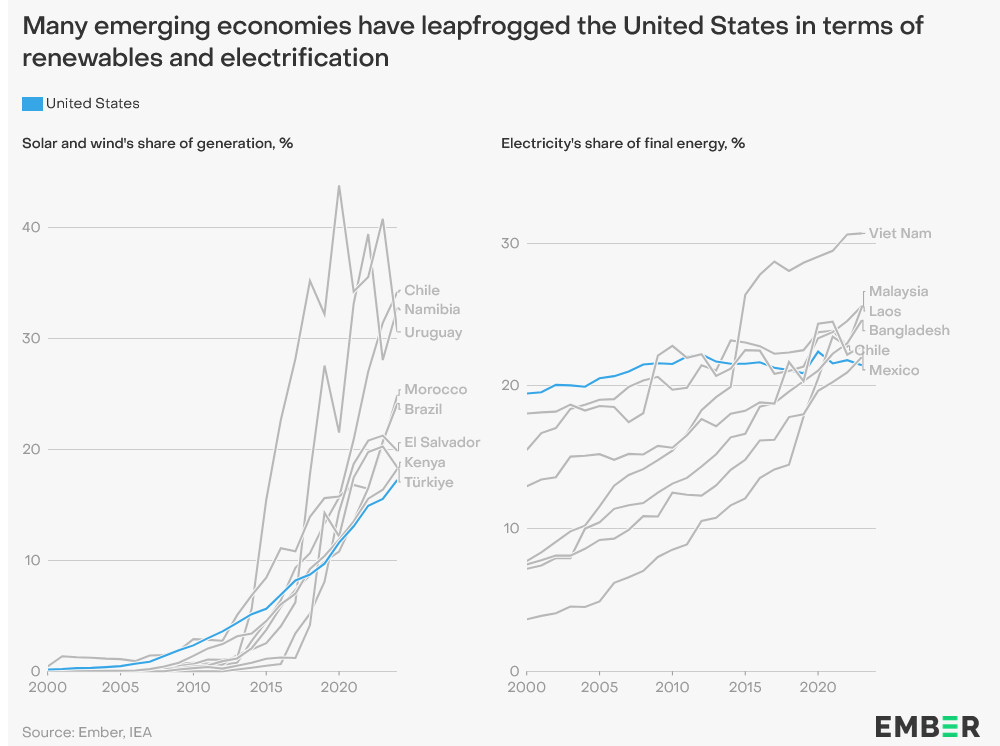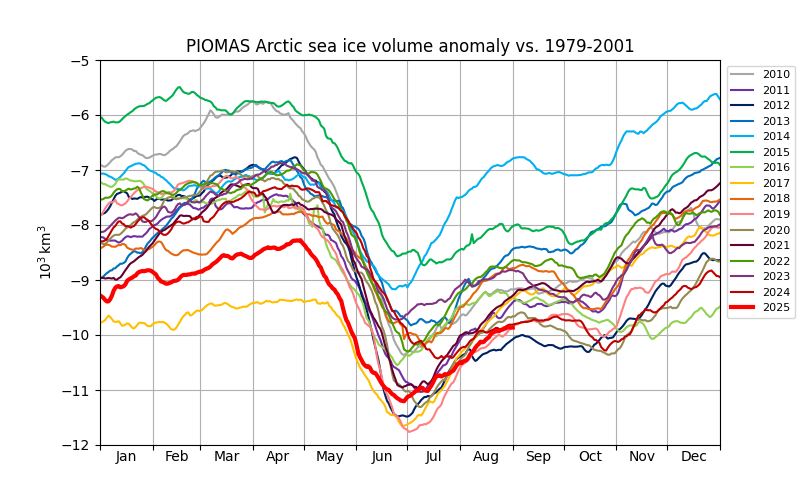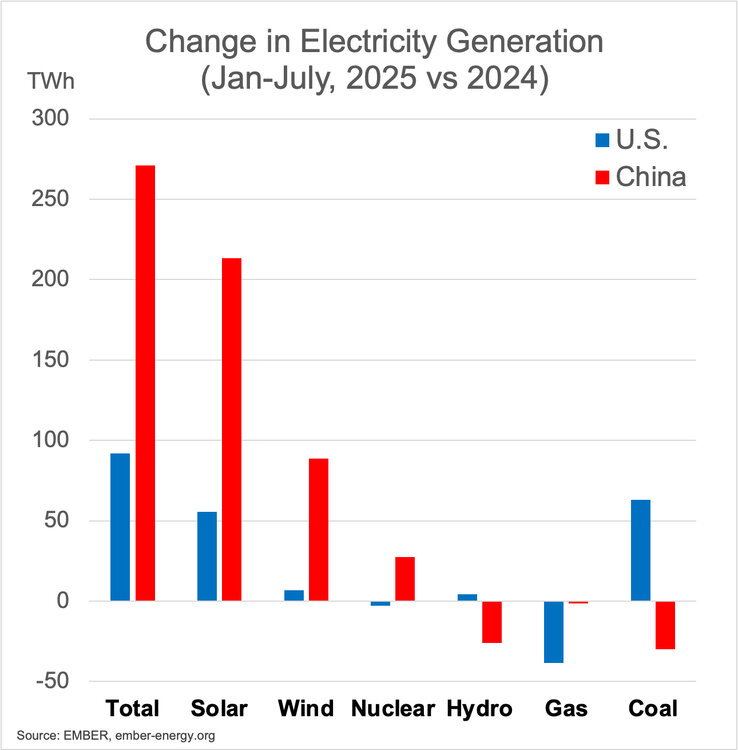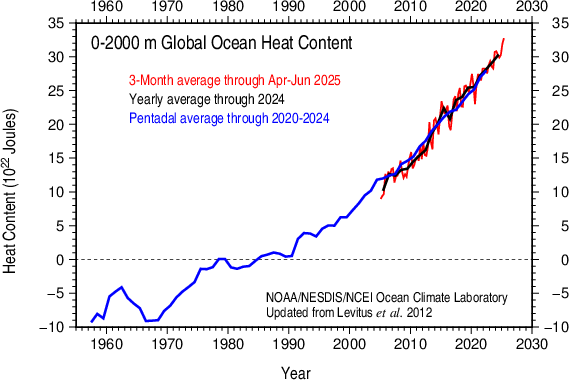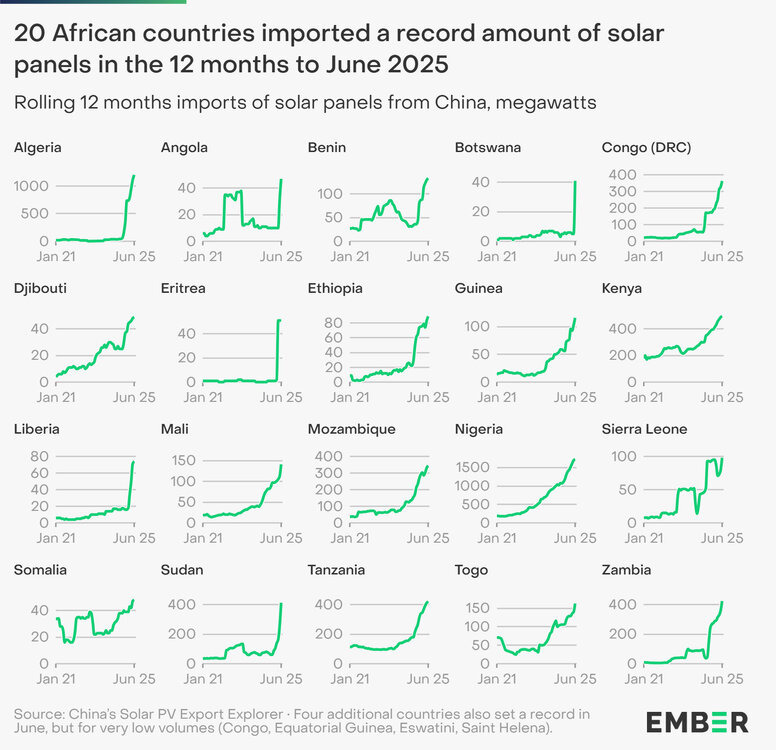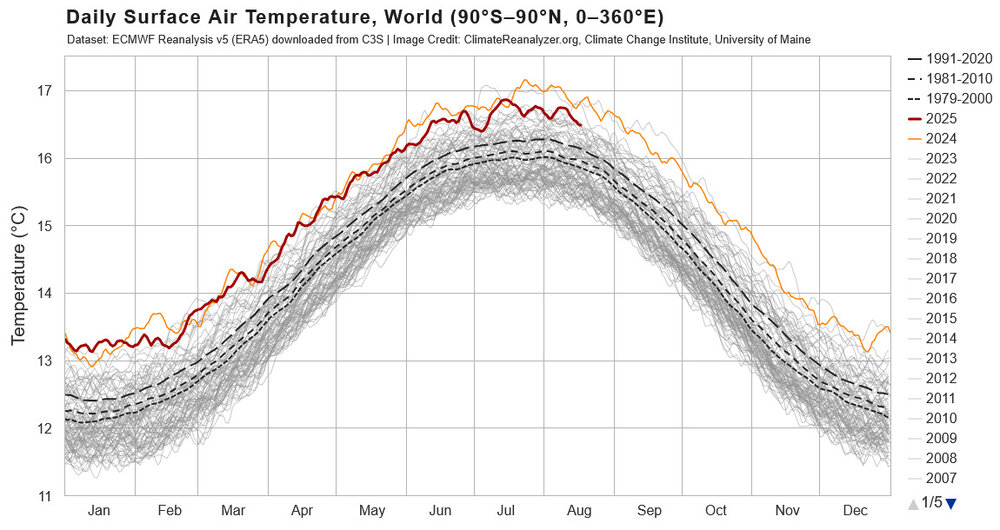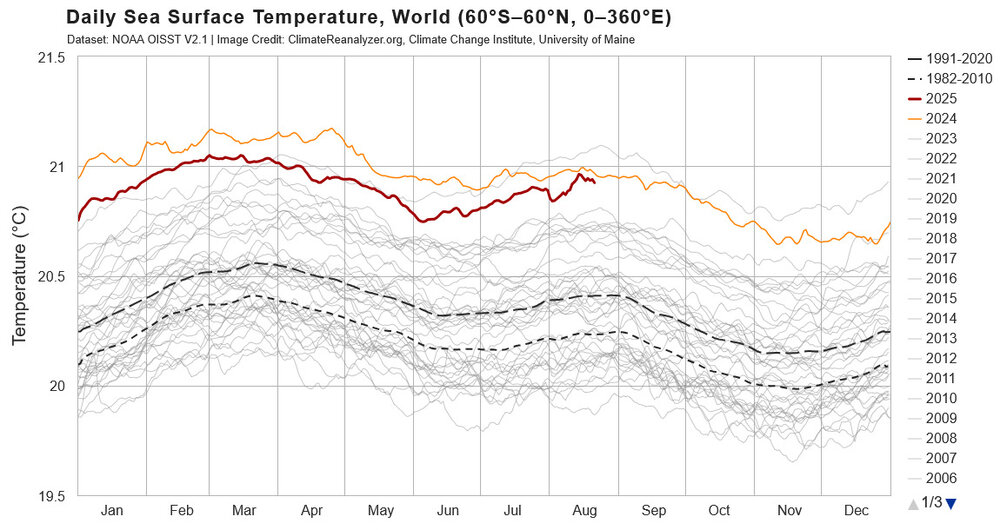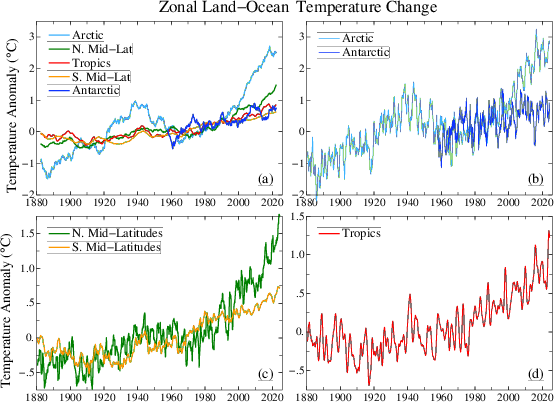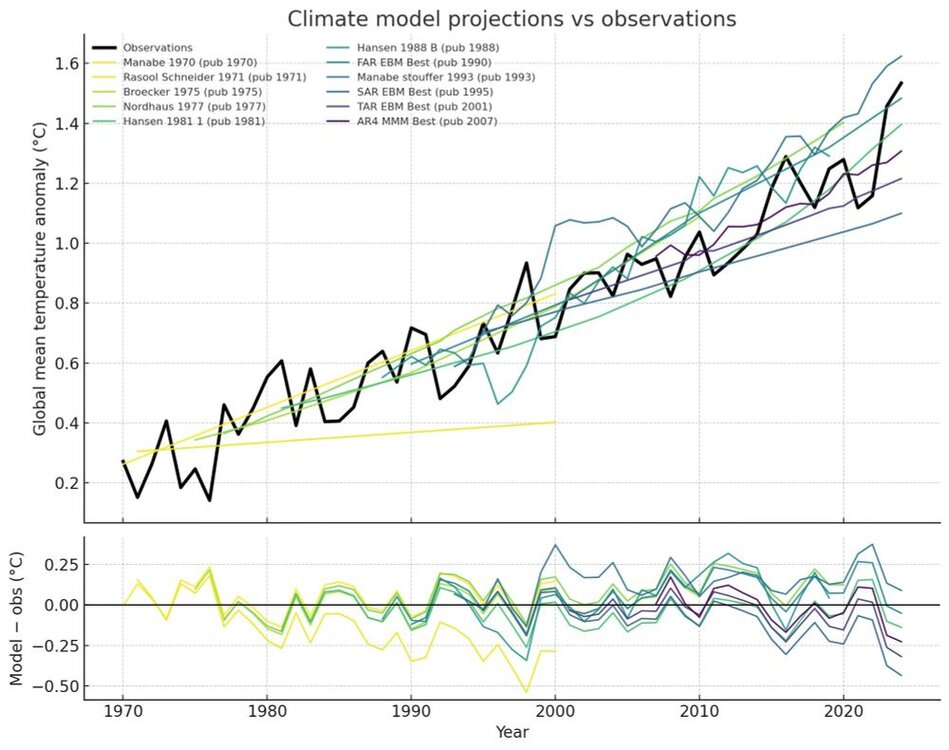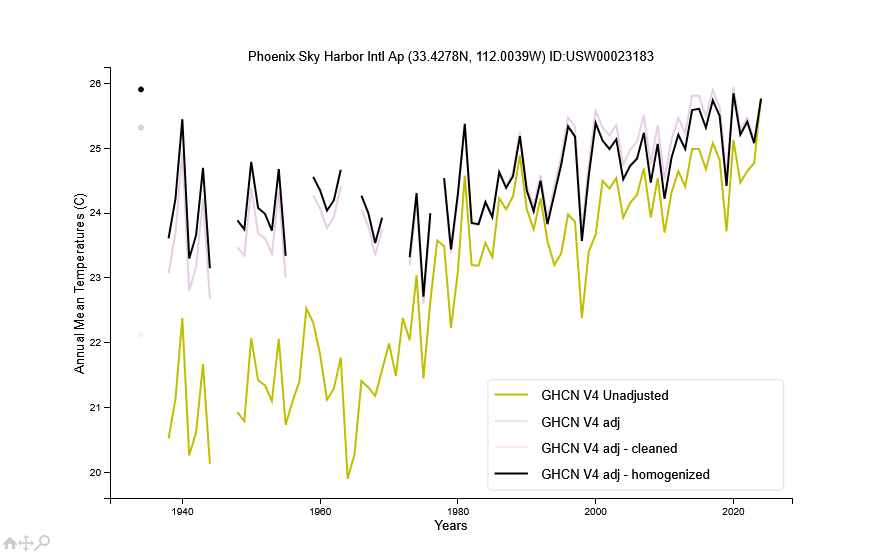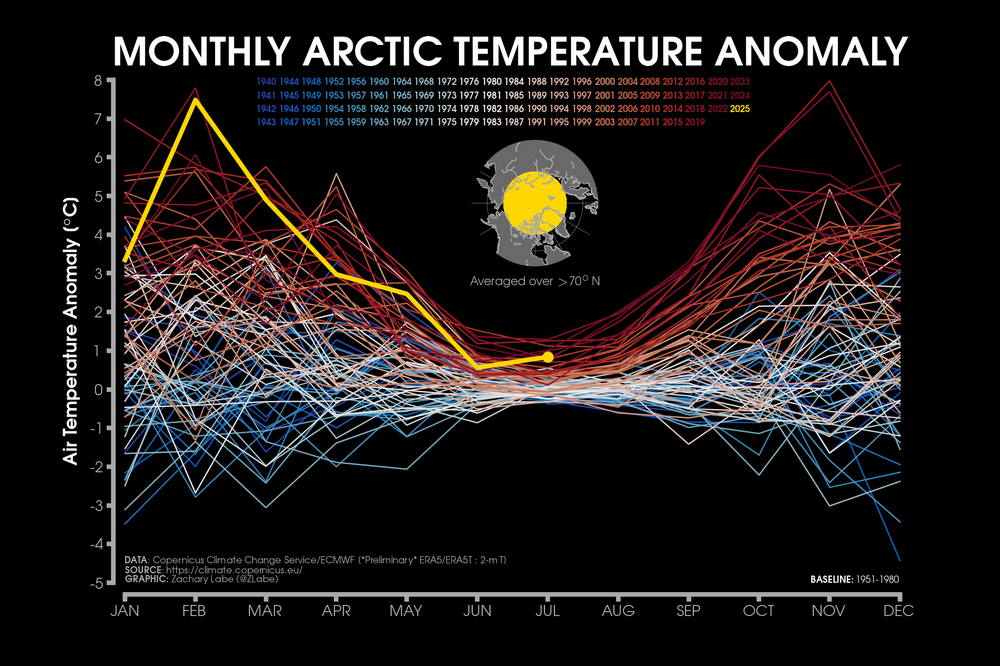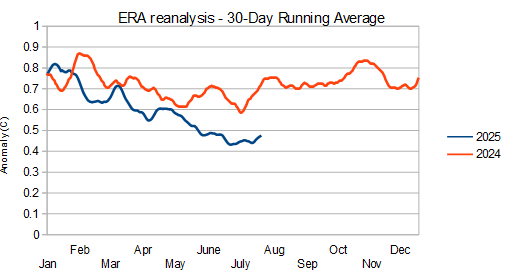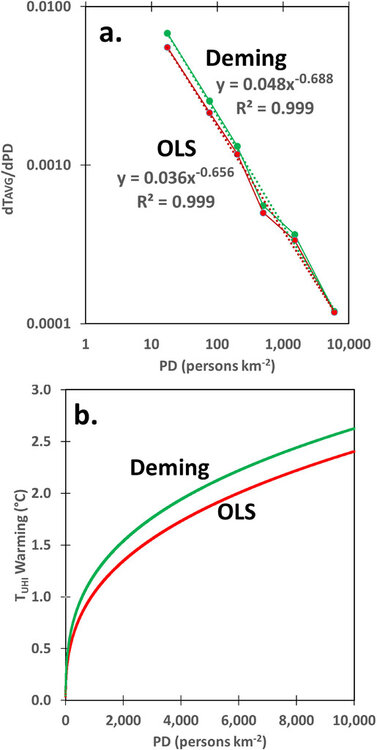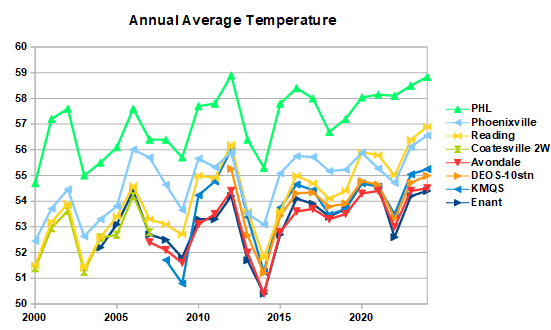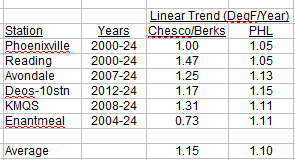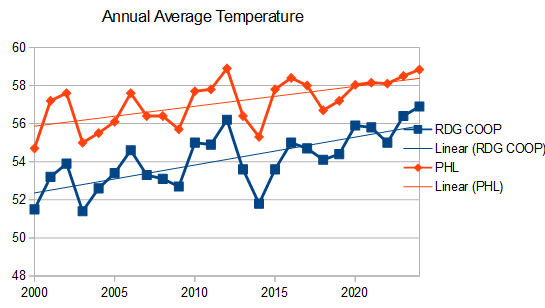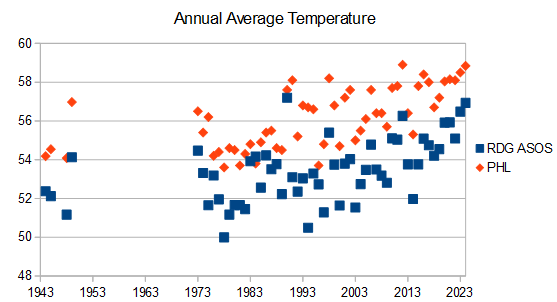
chubbs
Members-
Posts
4,053 -
Joined
-
Last visited
Content Type
Profiles
Blogs
Forums
American Weather
Media Demo
Store
Gallery
Everything posted by chubbs
-
CERES has been updated through July. Recent months have been increasing erratically a sign that the enso-cycle bottom has been passed. The three-year average net radiation remains at a high level, well above the initial heat imbalance when CERES started collecting data in 2000. The recent net radiation uptick is also consistent with the large rise in ocean-heat content in 2nd quarter which was posted above. Both energy balance metrics indicate that the earth continues to warm rapidly.
-
Found this 2017 article in the Pages2k magazine that provides a nice summary of regional temperature change since 1500. There is regional variation in the detectable onset of man-made warming. As you suggest warming was already detectable by the mid-1800s over the ocean and Northern Hemisphere land masses. Makes sense as greenhouse gas concentrations started to rise slowly by 1800. https://pastglobalchanges.org/sites/default/files/download/docs/magazine/2017-1/PAGESmagazine_2017(1)_71-74_2k.pdf
-
A quick check indicates that CO2science is not a balanced website. Its advocating against US regulation of CO2 emissions and focusing on the benefits of CO2 on plant growth without acknowledging offsetting adverse impacts. I'd put it in the climate denial camp. I ourworldindata piece I linked above is more trustworthy. Recent gains in yields are mainly from improved seed genetics and increased fertilizer and other inputs. You have to strip that out to get climate change impacts. I googled up this recent Nature paper which finds significant future negative impacts on agriculture, even after farmer adaptation, albeit from a high emissions scenario. I haven't gone through the literature review section but that would be a good place to start on recent scientific work in this area. https://www.nature.com/articles/s41586-025-09085-w.pdf
-
Do you have a reference for this? Per the articles below, we have had larger crops due to technology improvement not climate change. The impact of climate change depends on the crop and region. No large net impacts so far. On a global average, doesn't look like a disaster in the future either; but, some regions and crops may have significant negative impacts. Also need to consider extreme events which will pack a bigger punch in a warmer world. A bad year can be destabilizing regionally. https://ourworldindata.org/crop-yields-climate-impact https://ourworldindata.org/will-climate-change-affect-crop-yields-future
-
Battery costs are declining along well established cost curves. This ongoing cost decline is hammering the competitiveness of fossil fuels. Cheap batteries mean solar and wind are no longer intermittent and transportation is readily electrified. This article shows how battery-electric trucks will quickly become more cost-effective than diesel. This is being driven by China which has recognized the long-term strategic opportunity. They are electrifying their economy to reduce oil imports and sell increasing amounts of high value gear to the rest of the world. Meanwhile our leadership is in denial. Doubling down on outmoded energy technology. Going to be tough to be competitive if we are uncompetitive in energy. https://www.nature.com/articles/s44333-025-00029-5.pdf
-
China's CO2 emissions are peaking not accelerating. That said China coal use is massive and coal interests are putting up a fight. Its unclear how China's policy towards coal will evolve. https://www.carbonbrief.org/analysis-record-solar-growth-keeps-chinas-co2-falling-in-first-half-of-2025/ https://energyandcleanair.org/publication/chinas-coal-is-losing-ground-but-not-letting-go/
-
Trump's speech showed how unprepared the US is becoming for the future. https://electrotechrevolution.substack.com/p/rewiring-the-energy-debate?utm_source=substack&utm_campaign=post_embed&utm_medium=web
-
Here are some snow stats for I95 cities. Last 10 years have been below normal at all cities. Philly to Boston are above average over last 30 years. This year 95/96 will be dropped from 30-year average, so 30-year averages are likely to drop.
-
Wildfire smoke is having an increasing US health impact. Likely also cooling our summers. https://bsky.app/profile/shannonosaka.bsky.social/post/3lz4nvt3eqc2f https://www.nature.com/articles/s41586-025-09611-w#Sec4
-
Some charts from the recent climate experts review of the recent DOE CWG report. The first chart shows how misleading taking an average of GHCN stations is because: 1) the stations are not spread uniformly across US and the 2) station network has changed with time both equipment and station locations. The second chart shows that a proper analysis shows heat wave days are increasing in the US and are now well above 1930s levels. The final chart shows that mid-latitude extreme temperatures are increasing much faster outside of the US. https://drive.google.com/file/d/1knIpC4vGrZXDsrF13RC2CujCjhbILgaa/view?usp=sharing
-
Clear we have passed an energy tipping point, with fossil fuels becoming increasingly uncompetitive. China's large manufacturing scale key in driving down costs. Countries without entrenched fossil fuel interests are leading the way and China will sell them the gear. https://ember-energy.org/latest-insights/china-energy-transition-review-2025/
-
PIOMASS sea ice volume is currently number 2 behind 2012. Volume losses were unusually low this year in June, similar to 2017 in that regard.
-
-
Ocean heat content in the 0-2000m layer has jumped up this year, recovering from a nino-related dip. A sign that warming at a fast clip continues.
-
Solar is accelerating rapidly in Africa. This is mainly due to economics, lower cost of solar panels and batteries.
-
It is interesting to compare the current standing and recent trends in SST vs global temperatures. Comparing to 2024, SST have risen through the year particularly in summer months, while global temperatures have cooled relative to 2024. Difficult to compare 2025 to 2023 because of the strong rise in temperature in 2023, but just looking at August, both SST and global temperatures are somewhat cooler in 2025 vs 2023. Comparing 2025 to pre-2023 years, SST is currently warmer than any year by a good margin, while global temperatures are not well clear of the pre-2023 years. Taken as a whole, 2025 SST is like 2023, unusually warm for the enso condition; but, unlike 2023, global temperatures are not unusual for the enso state. Mid-latitude marine heat wave probably playing a role . Will be interesting to track as summer turns to fall. Guessing SST will cool will warm relative to other years and global temperatures will warm; but, we will see.
-
After several decades of rapid warming, arctic warming ground to a halt in the past 10-15 years. while warming in the NHemi mid-latitudes sped up. Consistent with recent trends in arctic sea ice and our recent winters.
-
Yes, UHI and global warming are both happening. The presence of one doesn't diminish the other. This thread/board is littered with whataboutism. What about this, what about that. Many things can be true at the same time. That doesn't change the big picture. Scientists from the 1970s would not be surprised by the warmer world we have today or that Phoenix has a heat island.
-
https://data.giss.nasa.gov/gistemp/station_data_v4_globe/
-
Not sure about Phoenix as a whole. But the heat island effect looks saturated at the Sky Harbor airport which isn't far from downtown. Actual and adjusted temperatures have warmed at the same rate since 1980. This means that the airport is warming at the same rate as regional sites outside of the Phoenix heat island. Before 1980 there is evidence of heat island warming at the airport (or some other site specific issue).
-
The arctic has much lower variability in the summer as melting sea ice holds surface temperature near freezing. That gives Antarctica more influence over the global mean in N Hemi summer. Unfortunately there isn't a similar plot for antarctica.
-
As the year has progressed, 2025 has cooled at an increasing rate vs 2024. Remember that 2025 stayed stubbornly warm as the el nino waned. My take is that some of the typical post-nino cooling was delayed until this year. We are still warm vs pre-nino conditions but not gobsmacking.
-
Chester County PA - Analytical Battle of Actual vs. Altered Climate Data
chubbs replied to ChescoWx's topic in Climate Change
Yes UHI at the Philly airport is saturated. UHI is non-linear with population density. Per chart below, the biggest UHI effect comes with the initial urbanization. In addition there isn't much year-to-year or decade-to-decade change in the area near the airport. Minor building in the flat part of the curve isn't going to move the needle. -
Chester County PA - Analytical Battle of Actual vs. Altered Climate Data
chubbs replied to ChescoWx's topic in Climate Change
Here's a chart and table combining the Chesco, Berks and Philly Airport (PHL) data from the previous page or two. No doubt about it, Chesco, Berks, and PHL are all warming at the same rapid rate. -
Chester County PA - Analytical Battle of Actual vs. Altered Climate Data
chubbs replied to ChescoWx's topic in Climate Change
PHL isn't pulling away though. You are looking at the regression line, not the data itself. Reading (and Chesco) are warming as fast as the airport at the end of your chart., Note also that there are several years when Reading (and Chesco) is warmer than the Philadelphia Airport. That's a red flag for a data issue of some kind. Those years could have a big effect on the regression line. So what's going on here. I found two sets of data. COOP data from Xmacis starting in 1999, with the first year of full coverage in 2000; and, ASOS data from IEM which starting in 1943, but with many missing or incomplete years before 1973. Note that I was only able to find info on missing data at IEM with a one month resolution, So there may be some periods with missing data included in this analysis. The COOP data starting in 2000 shows a close match between RDG and PHL, with RDG warming faster than PHL, 1.3F/Decade vs 1.0F/Decade The ASOS data also shows a close match between RDG and PHL, but there is more scatter in the pre-2000 period, perhaps due to missing data. The difference between Reading and Philly is roughly the same in 1943 and 2024. You are beating a dead horse. There is plenty of high quality data that shows that the Airport is warming at the same rate as Chesco and the entire region. Sure you can find incomplete/inconsistent data or conduct a faulty analysis that says otherwise, but that doesn't negate the findings from the high quality data. You have to look at all the evidence. A piece of evidence that disagrees with consistent results from high quality data is inevitably flawed in some way.

